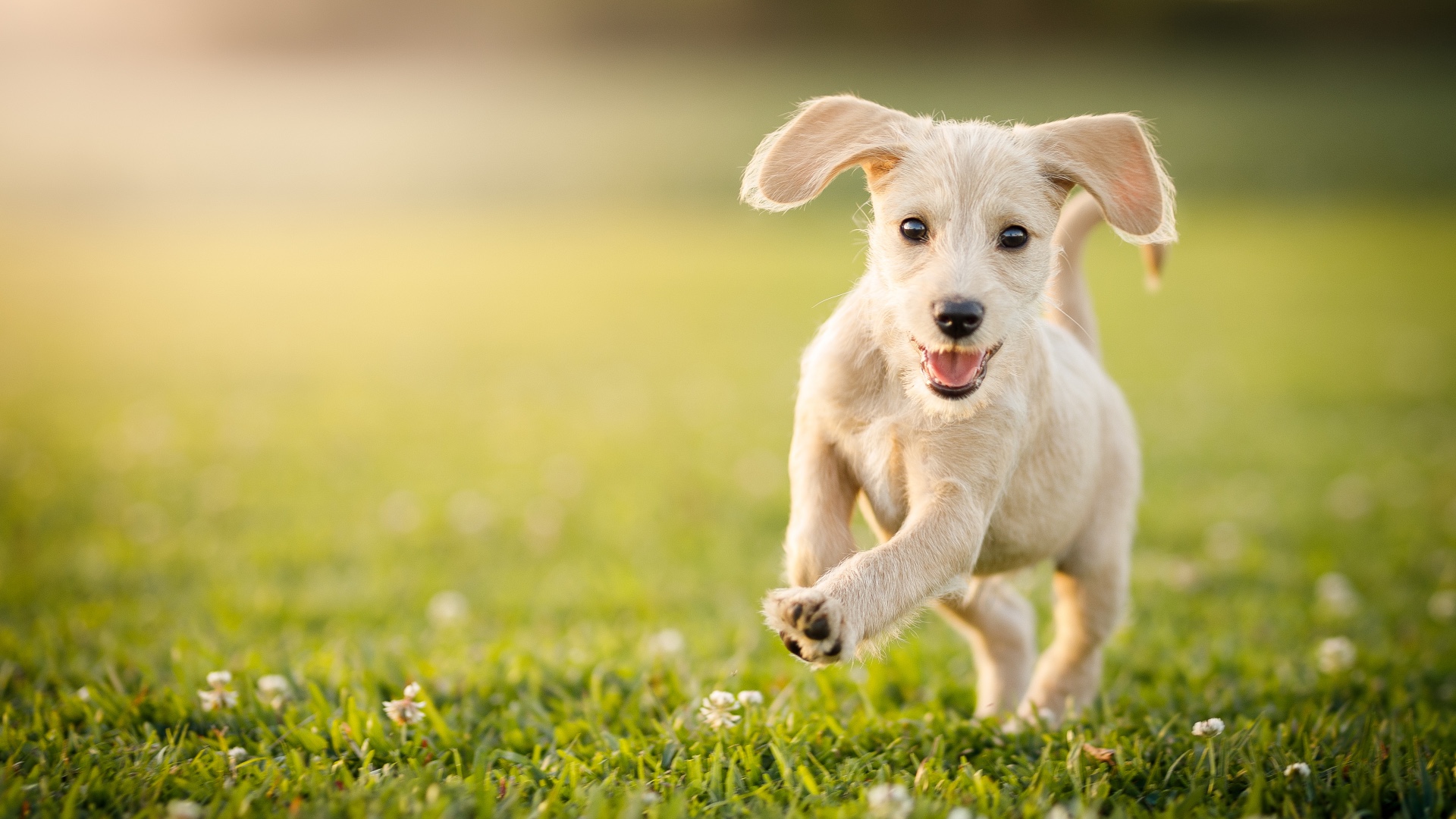Want a calm and happy dog? Trainer reveals the solution, and it all comes down to exposing them to three things
Improve your dog’s behavior with these three simple socialization tips from an expert trainer

When it comes to socializing your dog, it can be easy to fall into the trap of thinking that socializing means letting them spend time with strange dogs, or introducing them to new people.
And yet, when it comes to bringing home a puppy for the first time, you might be surprised to learn that there are several other forms of socializing you need to do before you allow your dog to mix with other dogs and people.
Many pet parents find themselves having to learn how to calm a reactive dog because what they think of as socializing their fur friend is actually likely to cause reactivity rather than prevent it.
Thankfully, expert dog trainer Adam Spivey, who is also the founder of Southend Dog Training, has put together a handy video on Instagram where he reveals the three things you should expose your dog to to prevent behavior problems. Check it out below or keep reading for a summary of everything you need to know...
A post shared by Southend Dog Training (@southenddogtraining)
A photo posted by on
"Proper socializing looks like taking your dog to new environments and teaching them how to behave," explains Spivey.
The goal is to get your dog to a place where they're socially ignorant, which Spivey says means "they should be able to walk past dogs and people without bother. They should know that good things come from ignoring other people and dogs."
In order to get there, your dog needs to be exposed to lots of different sights, smells, sounds, and distractions. Here's a list of the things Spivey says you want your dog to spend time around early on in their life:
PetsRadar Newsletter
Get the best advice, tips and top tech for your beloved Pets
1. New places: Spivey says you want to expose your dog to parks, pet stores, groomers, vets, lakes, forests, shopping centers, hospitals, bridges, and cafes — just to name a few! Plus, you want to do this on walks that take place both during the day and in the evening so that your pup gets comfortable with how these different environments feel at different times of the day.
2. Objects and flooring: If you're anything like us you might not have thought about exposing your dog to objects like brooms, mops, umbrellas, balloons, wheelchairs, hard floors, soft floors, and grass — but Spivey says it's really important to not just get them used to places but also to the various objects and surfaces they'll encounter in those places.
3. Sights and sounds: Sirens, fireworks, car horns, motorbikes, doorbells, airplanes, alarms, vacuums, large crowds, and skateboards are just some of the many noises that dogs can find distressing if they've not been exposed to them from a young age. Spivey says normalizing all the sounds your dog will encounter in the real world will go a long way in preventing reactivity.
If you'd like some extra support when it comes to helping to socialize your dog, we recommend speaking with a certified trainer who will be able to offer advice and guidance that's been tailored to meet the specific needs of your canine companion.

Kathryn is a freelance writer who has been a member of the PetsRadar family since it launched in 2020. Highly experienced in her field, she's driven by a desire to provide pet parents with accurate, timely, and informative content that enables them to provide their fur friends with everything they need to thrive. Kathryn works closely with vets and trainers to ensure all articles offer the most up-to-date information across a range of pet-related fields, from insights into health and behavior issues to tips on products and training. When she’s not busy crafting the perfect sentence for her features, buying guides and news pieces, she can be found hanging out with her family (which includes one super sassy cat), drinking copious amounts of Jasmine tea and reading all the books.
